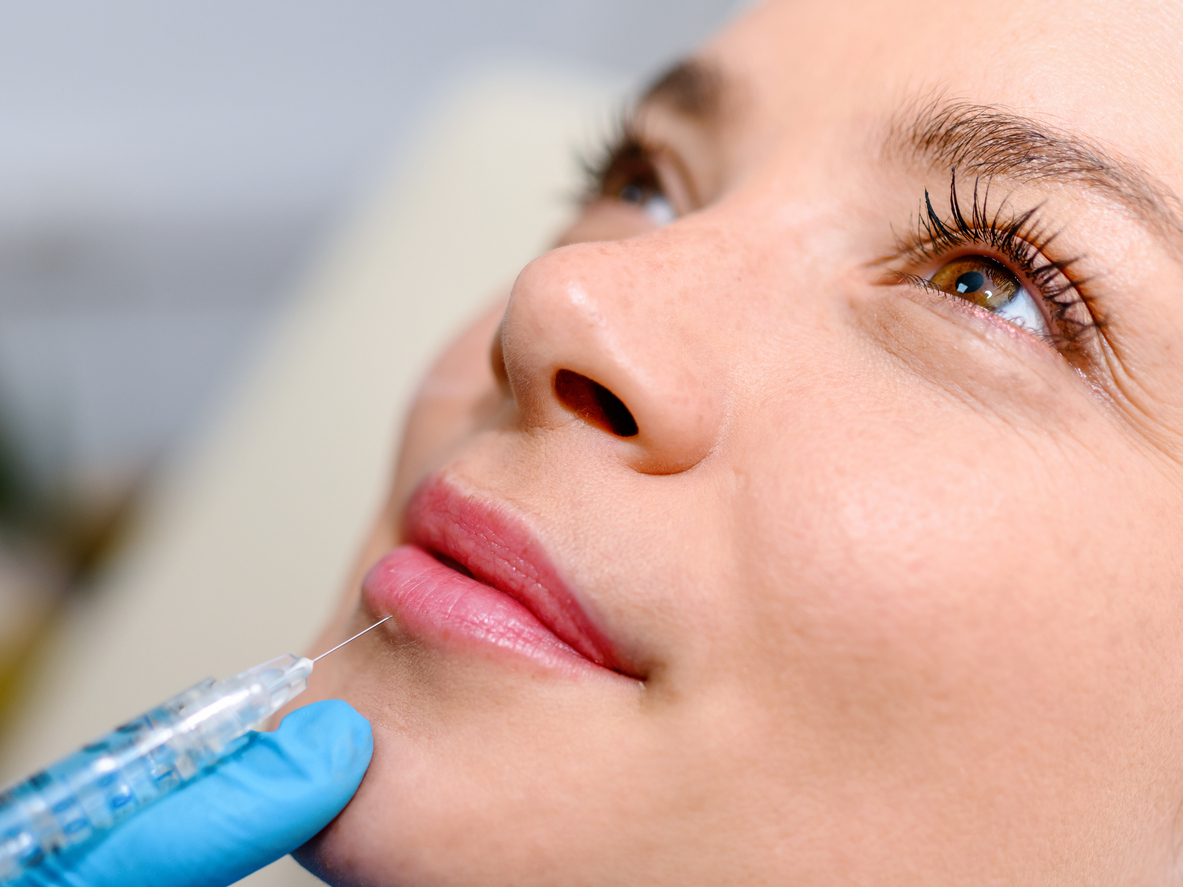Achieving fuller, more defined lips has become a popular aesthetic goal in recent years, with…

The Evolution of Cosmetic Surgery: Past, Present, and Future
We tend to consider cosmetic surgery a recent development, but it isn’t nearly as new as most people think. The first documented cosmetic procedures date between 4,000 and 5,000 years ago, commencing with early facial procedures conducted by the ancient Egyptians.
From there, cosmetic surgery evolved into a highly developed field that has, to date, improved millions—possibly billions—of lives worldwide and throughout history. And we’re not done making history yet.
Read on to discover how plastic surgery procedures have evolved throughout the centuries and to learn about some of the innovations we can expect in the future.
Ancient Cultures: The Early History of Cosmetic Surgery
The roots of cosmetic surgery go back much farther than most people would expect. Some of the earliest evidence comes from ancient Egyptian papyrus inscriptions that date back to between 2500 and 3000 BC. These ancient texts shed light on a procedure designed to repair nasal injuries, which marks the oldest known form of reconstructive surgery.
The Egyptians weren’t the only ancient culture attempting nasal reconstructions. Ancient Indian medical texts dating to the sixth century BC also describe nasal reconstructions.
Fast forward to Rome around the first century BC, and historical records show how Roman physicians advanced cosmetic surgery even further. While techniques were still crude and rudimentary, those ancient Roman physicians performed reconstructive surgeries on gladiators who had suffered severe injuries.
Advancements in Cosmetic Surgery in Italy c.1500
By the 1500s, physicians had been using various crude methods for reconstructions—and it was during this time that one Italian surgeon, Gaspare Tagliacozzi, rose to prominence as one of the most important pioneers of plastic and reconstructive surgery.
Tagliacozzi’s most notable work is De Curtorum Chirurgia per Insitionem (On the Surgery of Mutilation and Grafting), published in 1597. Even today, cosmetic surgeons widely recognize—and follow—a quote from this book: “We restore, rebuild, and make whole those parts which nature hath given, but which fortune has taken away. Not so much that it may delight the eye, but that it might buoy up the spirit and help the mind of the afflicted.”
As you can see, even centuries ago, cosmetic surgery was becoming an important tool for helping people look their best and feel their best.
Tagliacozzi is recognized as the godfather of rhinoplasty. He developed the procedure known as the “Italian Method,” which reconstructs the nose using a graft from the biceps muscle pedicle flap.
From World War I Onward: Rapid Evolution of Cosmetic Surgery
From Tagliacozzi’s time onward, the evolution of plastic surgery continued, though at a relatively slow pace. That is, until World War I, which led to various breakthroughs.
During World War I and II, surgeons sought methods to help repair and reconstruct injuries sustained during the fighting. This led to the development of a variety of oral and maxillofacial surgical techniques designed to fix the facial disfigurements that some servicemen suffered.
During the 50s and 60s, Hollywood also started to get involved. Plastic surgery began to be seen as a treatment to repair injuries or other disfigurements and as a way to enhance one’s natural beauty. One example? The iconic Marilyn Monroe herself, who, before achieving her fame, underwent a chin augmentation procedure.
By the 1970s, cosmetic surgery had become popular enough that it became time for the FDA to step in and offer some oversight. This heralded a considerable step forward for patient safety, especially considering that breast implants now had to be classified as Class II medical devices, which meant that they needed to adhere to specific standards to be eligible for use.
In the 1980s, cosmetic surgery started to enter the mainstream consciousness. This is the decade when liposuction was developed, and it was also a notable time in breast implant technology that brought about even more demanding safety requirements to help ensure patient health.
Cosmetic Surgery Today
Now, the average person has access to more modern plastic surgery treatments and procedures than ever before, from major reconstructive surgeries to minimally invasive procedures that you can have done on your lunch break.
In particular, we’ve seen the rapid growth of noninvasive procedures that can give excellent results. These modern technologies rely on sophisticated botox injections, lasers, ultrasound, radio frequency, and more—and they all work wonders to provide skin clarity, smooth out wrinkles, tighten skin, or target other problem areas.
It’s an exciting time, to be sure—and we’re looking forward to even bigger and better advancements in the future.
What Will the Future of Cosmetic Surgery Bring?
 The future will bring advancements we can only dream about, just like the ancient Egyptians or Romans dreamed about technology capable of painlessly smoothing wrinkles or treating other concerns. While we may have yet to determine what the future will bring, we have some insights into things we can look forward to.
The future will bring advancements we can only dream about, just like the ancient Egyptians or Romans dreamed about technology capable of painlessly smoothing wrinkles or treating other concerns. While we may have yet to determine what the future will bring, we have some insights into things we can look forward to.
Stem cell technology, artificial intelligence, augmented reality, and 3D printing are some other examples of up-and-coming technologies that could revolutionize cosmetic surgery as we know it. Imagine visiting your provider’s office and getting a virtual reality experience or a 3D-printed mockup showing the exact results that procedures will deliver.
Experience Innovation at Vargas Face & Skin
At Vargas Face and Skin, we’re committed to delivering the best. We skip the hype and focus on providing procedures and treatments that deliver real results. Whatever your concerns, we can help you educate yourself and find the treatment options that best fit your needs.
Do you have questions or concerns that you would like to discuss? Contact us today for a personalized consultation!







